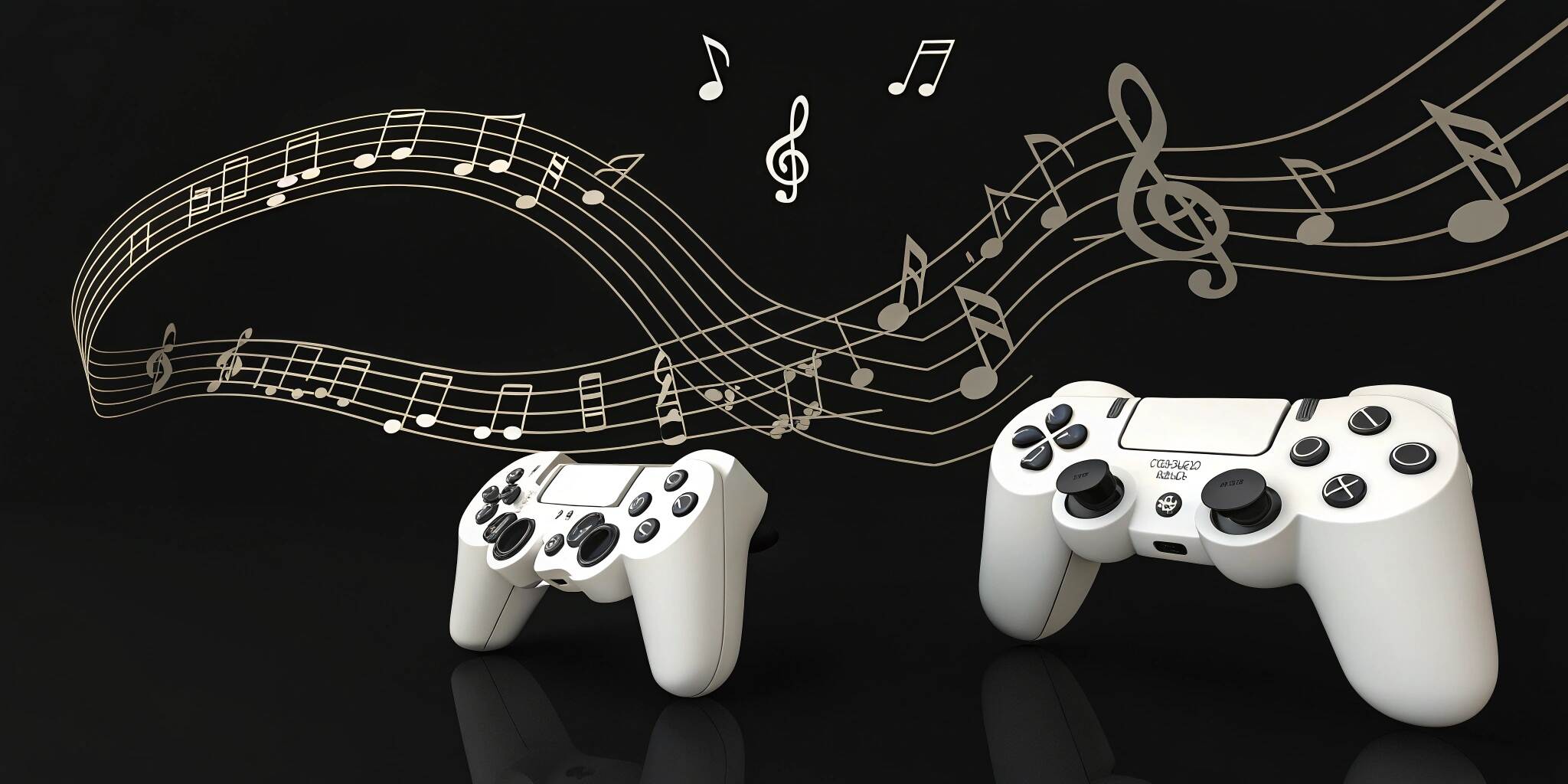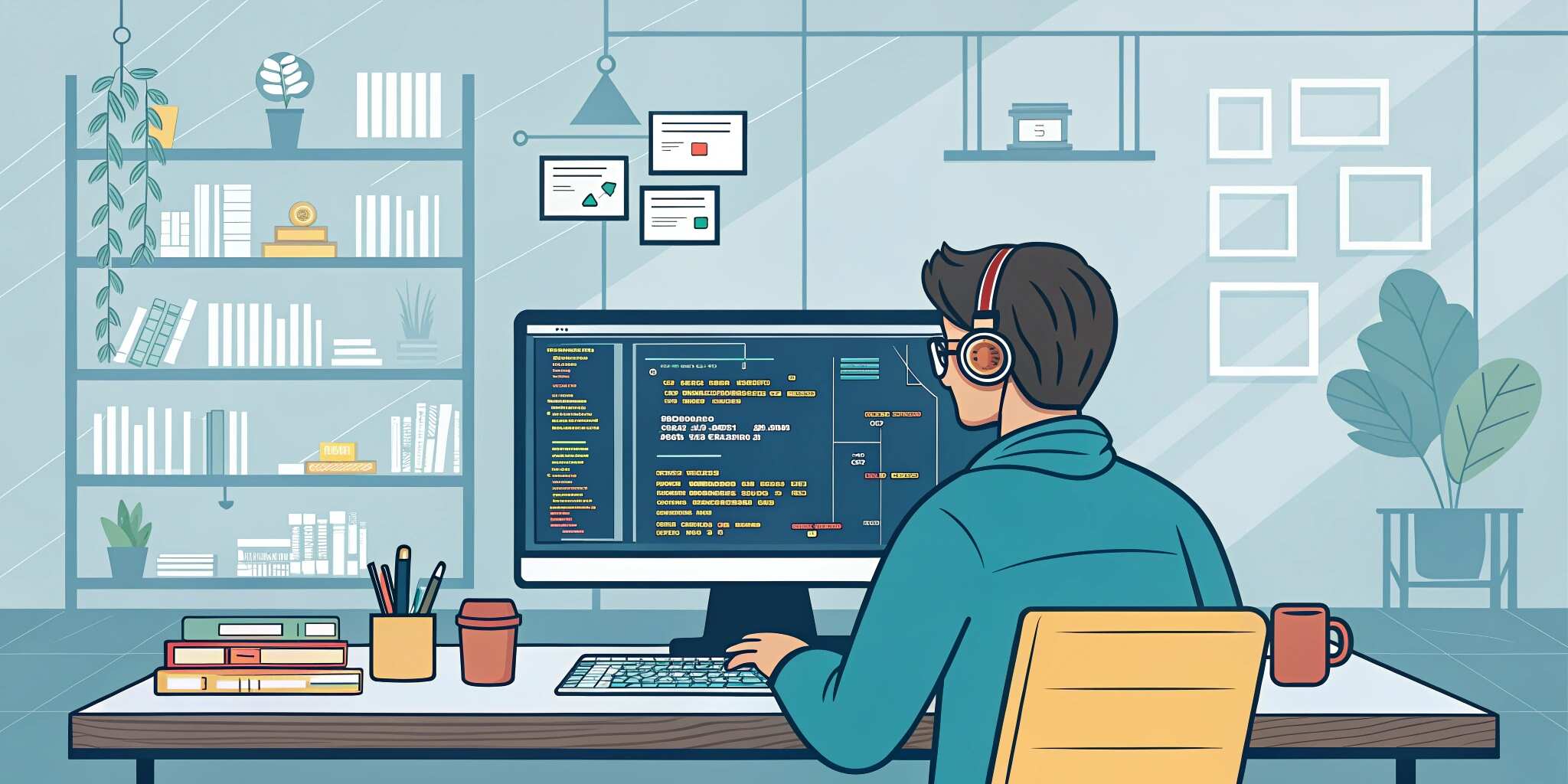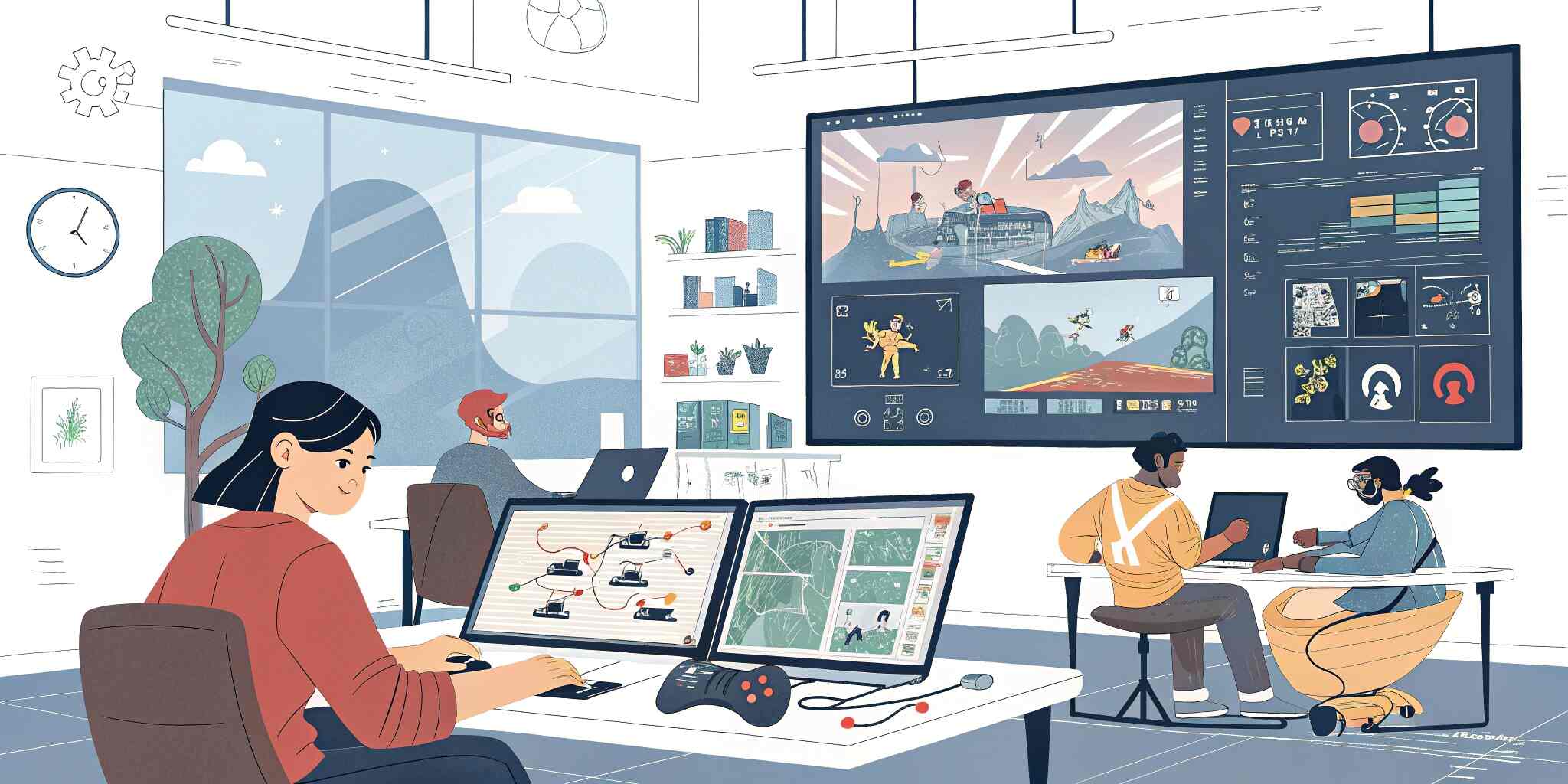When we think about what makes a game truly immersive, visuals and gameplay mechanics often take center stage. However, one of the most powerful — yet often underrated — elements is sound. Sound design and adaptive music aren't just background noise; they're integral to storytelling, atmosphere, and emotional engagement in games.
What is Sound Design in Games?
Sound design in video games involves creating and implementing all audio elements — from ambient noises to character voices to weapon sounds. A well-designed soundscape provides feedback, builds tension, and enhances realism.
Key components of sound design:
- SFX (Sound Effects): Environment sounds, UI clicks, weapon noises, etc.
- Foley: Recorded physical sounds for character movement or actions.
- Voice Acting: Dialogue and character expressions.
- Ambient Sound: Environmental and atmospheric layers.
What is Adaptive Music?
Adaptive or dynamic music changes in real-time based on the player's actions, game state, or environment. Unlike static background music, adaptive music evolves with gameplay, heightening emotional and narrative impact.
Examples:
- The music intensifies when enemies approach.
- A somber theme plays after a major story loss.
- Transition from exploration to combat triggers a new layer of instruments.
Benefits of Great Game Audio
- Enhanced Immersion: Realistic sounds pull players into the game world.
- Emotional Resonance: Music underscores joy, fear, suspense, and loss.
- Gameplay Feedback: Audio cues inform players about events or changes.
- Narrative Support: Music and sound effects can hint at unseen story elements.
Tools & Technologies for Game Audio
- Middleware: FMOD, Wwise – for adaptive audio implementation.
- Game Engines: Unity and Unreal Engine support robust audio integration.
- DAWs (Digital Audio Workstations): Tools like Ableton Live, Logic Pro, and FL Studio for music composition and editing.
Examples of Sound Done Right
- The Last of Us: Subtle ambient sounds and minimalist music create emotional tension.
- Hellblade: Senua’s Sacrifice: Uses binaural audio for psychological immersion.
- DOOM (2016): Reactive metal soundtrack that intensifies with combat.
Best Practices for Sound Design
- Plan early in development.
- Use layering for richer audio.
- Design for multiple outputs (headphones, speakers, etc.).
- Test audio with gameplay for balance and clarity.
- Collaborate with composers and audio engineers.
Conclusion
In modern game development, sound is storytelling. Effective sound design and adaptive music heighten player immersion, reinforce gameplay mechanics, and breathe life into digital worlds. Whether you're an indie dev or working on a AAA title, investing in audio can dramatically elevate your game's impact.


